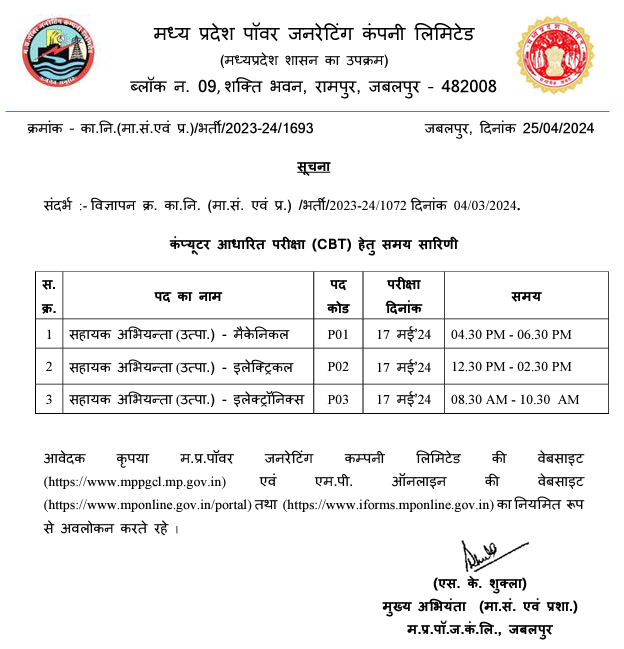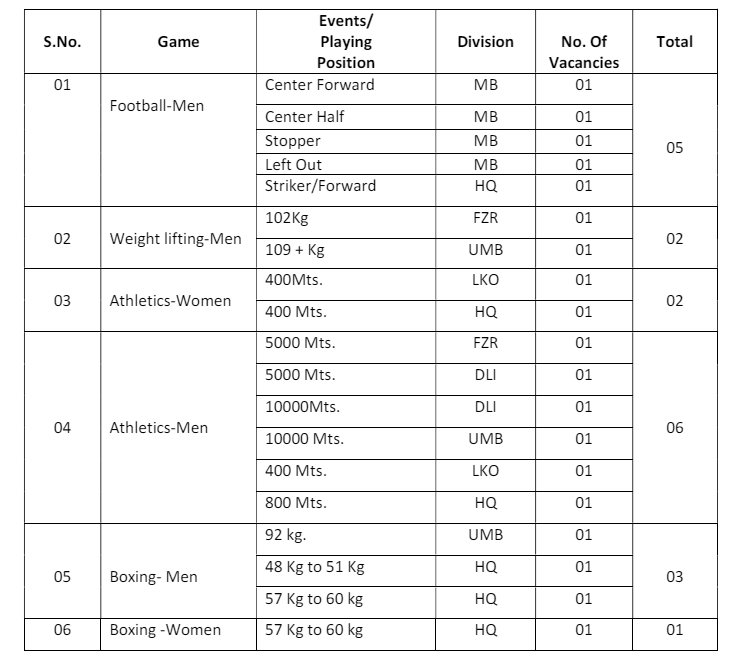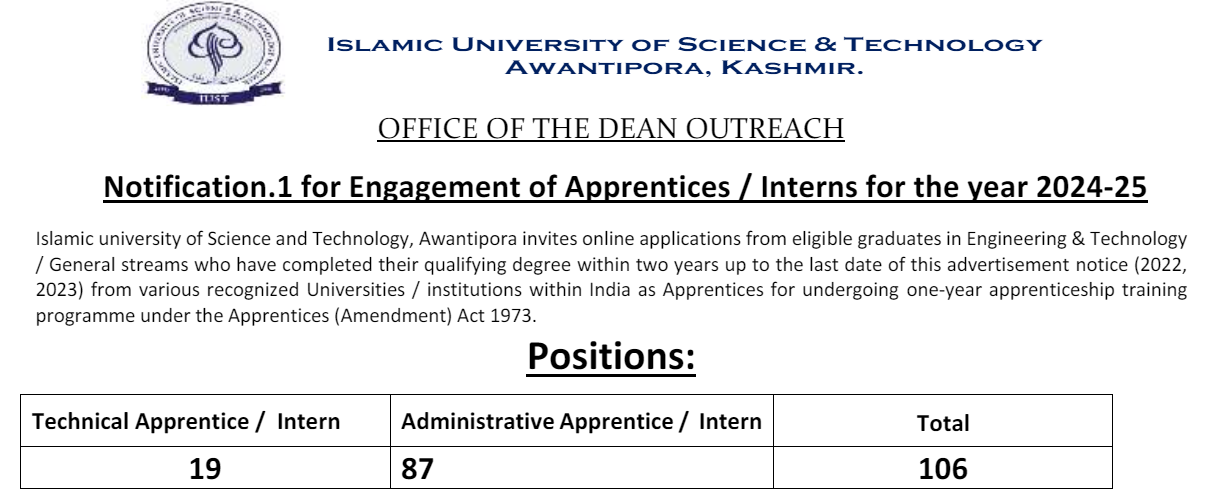Power Electronics Special MCQ Part Three

Category –EE Online Test
Telegram-Join Us On Telegram
Attempt Free Power Electronics Special MCQ Part Three Here. Read The Important Electricity MCQ From Below.
Power Electronics Special MCQ Part Three
1.Carrier frequency gate drive is used for turn on of a thyristor to reduce
(A) di/dt
(B) turn on time
(C) dv/dt
(D) size of pulse transformer
Answer-D
2.The correct sequence of the given devices in the decreasing order of their speed of operation is
(A) power BJT, PMOSFET, IGBT, SCR
(B) IGBT, PMOSFET, power BJT, SCR
(C) SCR, PBJT, IGBT, PMOSFET
(D) PMOSFET, IGBT, PBJT, SCR
Answer-D
3.Over current protection of thyristors is provided by
(A) use of saturable di/dt coils
(B) use of circuit breaker and fuse
(C) use of snubber circuit
(D) liberal heat sinking
Answer-B
4. A thyristor, when triggered, will change from forward blocking state to conduction state if its anode to cathode voltage is equal to
(A) peak repetitive off state forward voltage
(B) peak working off state forward voltage
(C) peak working off state reverse voltage
(D) peak non repetitive off state forward voltage
Answer-B
5.The most efficient gate triggering signal for SCR is
(A) a short duration pulse
(B) a steady dc level
(C) a high frequency pulse train
(D) none of the above
Answer-A
Power Electronics Special MCQ Part Three
6.Ten thyristors are used in a string to withstand a dc voltage of 15 kV. The worst case steady state voltage across the thyristors is 1800 V. The derating factor is
(A) 33.3 %
(B) 15.5 %
(C) 16.67 %
(D) 13.3 %
Answer-C
7.The di/dt rating of an SCR specified for its
(A) decaying anode current
(B) decaying gate current
(C) rising gate current
(D) rising anode current
Answer-D
8.Commutation or turn off of a thyristor requires that
1. anode current is reduced below holding current 2. anode voltage is reduced to zero
3. anode current is allowed to reverse 4. anode voltage gets reversed
5. reverse voltage is applied to it
From these, the correct statements are
(A) All (B) 1, 3, 4 (C) 1, 3, 4, 5 (D) 1, 2, 4
Answer-C
9.A thyristor is triggered by a pulse train of 5 kHz. The duty ratio is 0.4. If the allowable average power is 100 W, the maximum gate power allowed is
(A) 100 2 W
(B) 50 W
(C) 150 W
(D) 250 W
Answer-D
10.A triac operating at a voltage of 120 V rms and a frequency of 60 Hz delivers power to a resistive load. The maximum rate of change current expected is 50 A/μs. The required snubber inductor value is
(A) 2.4 μH
(B) 4.4 2 μH
(C) 4.4 p μH
(D) 4.4π μH
Answer-B
Power Electronics Special MCQ Part Three
11.Which one of the following statements regarding GTO is NOT true?
(A) The GTO retains the basic four layer structure of conventional SCR
(B) The I – V characteristics of GTO in the forward direction is different as compared to conventional SCR
(C) Due to its special structure, The GTO has limited reverse blocking capability of as compared to conventional SCR
(D) The GTO has gate controlled turn off capability unlike a conventional SCR
Answer-B
12.Which one of the following statements regarding IGBT is NOT true?
(A) The IGBT is developed by combining the characteristics of MOSFET and BJT
(B) The on state losses of an IGBT are lesser than a MOSFET
(C) The IGBT is slower than BJT
(D) The IGBT contains a parasitic thyristor
Answer-C
13.Triacs are most suitable when the supply voltage is
(A) dc
(B) low frequency ac
(C) high frequency ac
(D) full wave rectified ac
Answer-B
14.The main advantage of IGBT over SCR in power electronics is
(A) Reduced weight
(B) Self commutating capability
(C) Very high reliability
(D) Self cooling property
Answer-C
Power Electronics Special MCQ Part Three
15.Turn on of a thyristor (SCR) takes place
(A) Anode to cathode voltage is positive
(B) Anode to cathode voltage is negative
(C) Positive current is applied to gate
(D) Anode to cathode voltage is positive and positive current pulse is applied to gate
Answer-D
16.A GTOSCR
(A) requires a special turn off circuit like the commutation circuit of thyristor
(B) Can be turned off by removing the gate pulse
(C) Can be turned off by giving a negative pulse to the gate
(D) Can be turned off by giving a positive pulse to the gate
Answer-C
17.The delay time of an IGBT is defined as the time for the collector – emitter voltage to fall from
(A) VCE to 0.9 VCE
(B) VCE to 0.8 VCE
(C) VCE to 0.85 VCE
(D) VCE to 0.95 VCE
Answer-A
Power Electronics Special MCQ Part Three
18.Turn on and turn off times of a transistor depends on
(A) Voltage gain
(B) Junction temperature
(C) Junction capacitance’s
(D) Current gain
Answer-C
19.Anode current through the conducting SCR is 15 A. If its gate current is made one third, then what will be the anode current?
(A) 5 A
(B) 0 A
(C) 7.5 A
(D) 15 A
Answer-D
20.The sharing of voltage between thyristor operating in series is implemented by the
(A) dv/dt
(B) junction temperature
(C) Static V – I characteristics and leakage current
(D) turn on ti
Answer-C
Power Electronics Special MCQ Part Three














